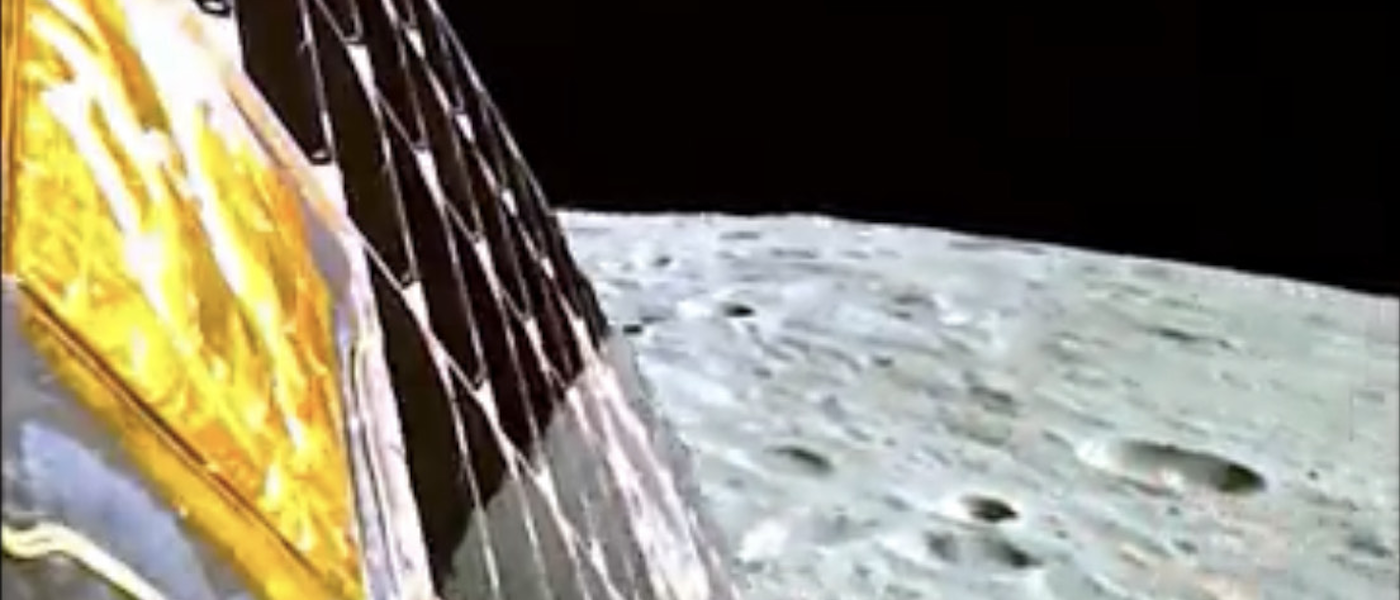India becomes the fourth country to land on the Moon

This week, India became the fourth country in the world to land on the Moon, with the successful landing of the Chandrayaan-3 mission on Wednesday, Aug. 23! Previously, the only countries to land on the Moon were the United States, Russia, and China.
Beyond its cultural significance, the mission’s success is also a scientific milestone, which promises important knowledge. This is the first spacecraft, of any country, to ever land near the Moon’s South Pole, a largely unexplored area. There are permanently shadowed areas there, which contain water ice. Knowing where and how much ice there is in the region is important for future missions from any country, since bringing water from Earth for the crew is difficult and costly.
After a propulsion module carried the mission to the Moon, a lander called Vikram as well as a rover named Pragyan touched down on the lunar surface. The mission is expected to remain active for two weeks.

The successful landing triggered cheers in the control room and celebrations across the globe. “India is now on the moon,” said Indian Prime Minister Modi. “India has reached the south pole of the moon — no other country has achieved that. We are witnessing history.”
Following the successful landing, India is hoping to return to the Moon – this time collaborating with Japan, with the goal of further exploring the south pole region on the Moon. That mission will launch no earlier than 2026. They’re also planning their first manned spaceflight, which is aiming to launch no earlier than 2025.
The excitement for the landing is already being felt here at Liberty Science Center! For the next week, we will be covering the historic landing in our show, "Wonders of the Webb Telescope & Beyond,” in the Jennifer Chalsty Planetarium. Click here to learn more.
